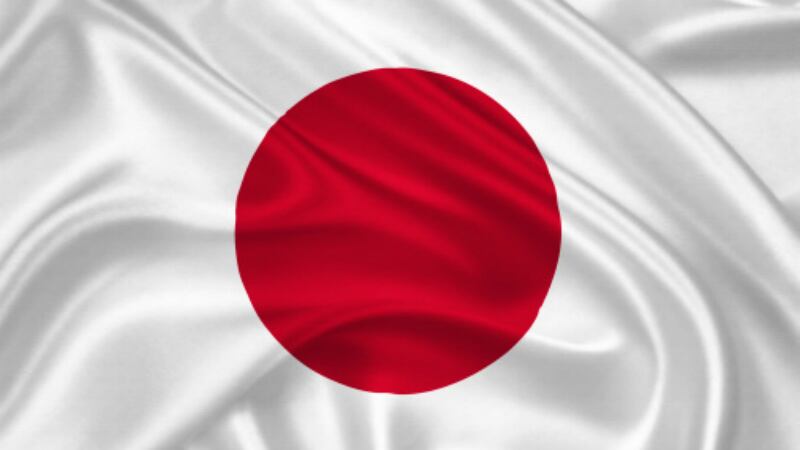In the government’s latest report on national-level food loss, Japan reported six million tonnes of loss in FY2018 (April 2018 to March 2019) from data aggregated and analysed over two years, a 120,000 ton reduction and 2% improvement from the previous year (FY2017).
The report was published by the Japanese Ministry of Agriculture, Forestry and Fisheries (MAFF) earlier this year, and also highlighted that the food manufacturing industry had contributed to the largest amount of food loss amongst other industries dealing with food such as wholesalers, retailers and foodservice.
Food loss here as defined by MAFF is ‘food that could originally have been eaten but was discarded regardless’.
“The amount of food loss resulting from businesses (3.24 million tonnes) has been higher than that from households (2.76 million tonnes), and furthermore, household food losses have decreased by 3% (80,000 tonnes) as opposed to 1% (40,000 tonnes) in businesses,” said MAFF via the report.
“As a whole, the overall food loss amount per Japanese person is estimated at around 48kg per year, which is roughly equivalent to each person throwing a bowl of rice away on a daily basis.
“Amongst businesses, food manufacturing firms contributed to the largest amount of loss at 1.26 million tons [which was 100,000 tons more than] foodservice at 1.16 million tons and far more than food retailers (660,000 tonnes) or food wholesalers (160,000 tonnes).
“For food manufacturing, this is actually an increase of 500,000 tonnes from the previous year which saw food loss values at 1.21 million tonnes [which is worrying] as the government has set a 2030 target to reduce food losses in businesses to at most 2.73 million tonnes, which would be half the amount loss in 2000.”
In relation to this, MAFF has published a series of documents targeted at aiding efforts to reduce business food loss, calling for change to be implemented in the food business such as the removal of practices contributing to food loss.
“Some of the most major factors causing business food loss in Japan include business customs and practices such as the so-called ‘one-third rule’ and excessively freshness-oriented consumers,” said MAFF.
“So in order to reduce this loss, it is necessary to make efforts for change in the entire food chain, such as co-operations between the manufacturing and distribution sides, and promoting consumer education and understanding.”
The ‘one-third rule’ in Japan refers to a business practice where delivery of a food product from manufacturer to retailer must be made within the first one-third of the product’s shelf-life, and the sales for it must be limited to within the first two-thirds.
“Delivery deadlines could be relaxed from one-third to one-half to reduce the amount of foods being refused by supermarkets and other stores which would [reduce food losses], and the ministry is also promoting the display of expiration dates in year-month format and not year-month-day to prevent delivery refusals and avoid losses due to first-in-first-out rules,” said MAFF.
In addition, the government has also run projects to reduce food loss at convenience stores, such as the ‘Another Choice’ campaign in Lawson stores in 2019 – food products such as rice balls and bentos close to expiration date were sold with ‘Another Choice’ stickers and five points (worth five yen) would be given to purchasers for every 100-yen purchase.
Don’t purchase ‘from the back’
The Japanese public has also been called upon to put down their obsession with freshness and opt to purchase food products ‘from the front’ of aisles where they are displayed, whether in supermarkets, convenience stores or other retail outlets.
“In order to reduce food loss locally, Japanese consumers must know that it is important to not only prevent food loss at home, but also at shops when they are purchasing food,” said MAFF.
“One of the best ways to do this is when shopping at a store for food, do not take the product from the back but buy this from the front in the order of the expiration date displayed.
“Sometimes a product that has an outer cardboard packaging might be slightly scratched or dirty, [don’t reject these] if there is no problem with the contents. Try to buy discounted products with a near expiration dates, but only get the amount you can eat and leave no leftovers.”
Japan also implemented a Food Recycling Law in 2019 aimed at reducing local food losses to hit its 2030 reduction targets.





